Korea House (한국의집)
2.6Km 2025-08-07
10, Toegye-ro 36-gil, Jung-gu, Seoul
Sarang Café & Art Shop de la Casa de Corea (한국의집 사랑 카페앤아트샵)
2.6Km 2024-02-05
Toegye-ro 36-gil 10, Jung-gu, Seúl
The Migliore (Sucursal de Dongdaemun) (밀리오레 (동대문점))
2.6Km 2024-02-21
Jangchungdan-ro 263, Jung-gu, Seúl.
Hello Apm (헬로우 에이피엠)
2.6Km 2024-01-26
Jangchungdan-ro 253, Jung-gu, Seúl
Centro de Arte de Namsan (남산예술센터)
2.6Km 2021-12-27
Sopa-ro 138, Jung-gu, Seúl.
+82-2-758-2150
Situado en el barrio de Myeong-dong, Seúl, el Centro de Arte de Namsan es un centro complejo cultural que presenta actuaciones artísiticas innovadoras y creativas a todo el público, permitiéndole que participe también en actividades interactivas. Antes, este lugar era un viejo centro de rodaje de telenovelas, pero tras su remodelación, renació como el Centro de Artes de Namsan, en junio de 2009.
El Centro de Arte de Namsan está compuesto por 2 áreas que son el Centro de Telenovelas y el Centro de Educación Artística. El Centro de Telenovelas es un teatro y presenta obras interpretadas por artístas nacionales e internacionales que toman como el temas principales el futurismo y la innovación. El teatro cuenta con 480 asientos en total y es utilizado también para presentar diferentes obras de teatro moderno, ceremonias escolares, audiciones, etc. Y el Centro de Educación Artística es un lugar donde todos los ciudadanos puede aprender sobre diferentes tipos de arte y participar en distintas actividades interactivas.
Puerta Sungnyemun (Puerta Namdaemun) (숭례문)
2.6Km 2025-05-23
Sejong-daero 40, Jung-gu, Seúl
La puerta Namdaemun, cuyo nombre oficial es Sungnyemun, es un Tesoro Nacional de Corea. Tiene una entrada con forma de arco en el centro de una plataforma levantada de piedras. Sobre la misma, se elevan los pilares y el techo dividiendo al portal en nivel superior e inferior. En los laterales Este y Oeste, tiene abiertas puertas para entrar y salir.
El césped verde que rodea a la plataforma muestra las huellas de una antigua fortaleza. Cuando el monarca fundador de la dinastía Joseon, Lee Seong-Gye (que reinó de 1335 a 1408), hizo construir la ciudad capital, creía que en caso de incendio, el fuego alcanzaría el palacio Gyeongbokgung como así también el interior de la capital porque el monte Gwanaksan de Seúl tiene la figura del fuego de acuerdo a los principios de geománticos del “feng-shui”. Por ello, el letrero de la puerta Sungnyemun fue escrito en sentido vertical para proteger a la ciudad del incendio, porque los caracteres chinos escritos en forma horizontal se semejan a la imagen del fuego. La ideografía del letrero de Sungnyemun es solemne, elegante y llena de fuerza, pero a la vez, prolija.
La ideografía es famosa por ser de puño y letra del príncipe Yangnyeongdaegun (que reinó de 1394 a 1462), el primogénito de Taejong (1367-1422) de la dinastía Joseon. Por las noches, las luces de las lámparas de mercurio ubicadas debajo de la puerta añaden más belleza a su estética natural.
Mercado Namdaemun (남대문시장)
2.7Km 2024-05-17
Namdaemunsijang 4-gil 21, Jung-gu, Seúl
Centro Comercial de Importaciones de Sungnyemun (Namdaemun) (숭례문(남대문) 수입상가)
2.7Km 2024-01-24
Sowol-ro 3, Jung-gu, Seúl
Museo de Arte Textil y Acolchado Chojun (초전섬유ㆍ퀼트박물관)
2.7Km 2023-01-16
Toegye-ro 18-gil 66, Jung-gu, Seúl.
Presenta aproximadamente 1.000 piezas de obras de arte acolchadas, vestimentas nacionales y extranjeras, etc. Las obras se exhiben en la gran sala de exposición y el otro gran espectáculo es la colección de muñecos del mundo en la entrada del museo. A un lado de la sala de exhibición está la tienda de suvenires en donde podrá adquirir productos de arte acolchados. También existe un espacio destinado a los programas participativos.
Aldea Tradicional Coreana Namsangol (남산골한옥마을)
2.7Km 2025-06-12
Toegye-ro 34-gil 28, Jung-gu, Seúl.
Si baja del metro de Seúl en la Estación de Chungmuro de las líneas 3 y 4 del metro, se hallará precisamente frente a la Aldea Tradicional Coreana Namsangol. Podrá considerar curioso que lugares como estos estén en medio de una concentración de rascacielos. Esta aldea tiene tres casas tradicionales restauradas, con un pabellón, un estanque y una cápsula del tiempo, que en su conjunto lo convierten en un destino turístico para apreciar las peculiaridades de las épocas antiguas de Corea.
Cuando pase por la entrada frontal, verá un vasto valle y el escenario Cheonugak junto al estanque. Cheonugak era un lugar donde se realizaban espectáculos de entretenimiento. Sobre uno de los lados observará cinco casas tradicionales. Estas casas fueron reconstruidas siguiendo el estilo de las casas tradicionales de la dinastía Joseon. Pertenecen a varias jerarquías sociales, desde la clase baja de los campesinos hasta el mismísimo rey. El mobiliario que concuerda con el propietario de la casa se halla dispuesto en su interior a fin de ayudarle a comprender el estilo de vida cotidiano de aquellos tiempos. Las impecables casas tradicionales y los desgastados utensilios de hogar son excelente material para fotografías. Si quisiera ver recuerdos del lugar, haga una parada en la exhibición de las artesanías tradicionales, pues allí venden pequeñas vasijas y recuerdos. Asimismo, podrá beber té tradicional y refrescos. En los patios hay juegos tradicionales que quizá desee intentar practicar, tales como neolttwigi (salto sobre el sube y baja), tuho (tiro de flecha) y yunnori (juego tradicional que consiste en arrojar cuatro varillas semicilíndricas a modo de dados). Otra cosa que no debería perderse es la ceremonia de boda tradicional.
Los fines de semana se muestran al público casamientos tradicionales en Bak Yeong-Hyo Ga (la casa de Bak Yeong Hyo). La ceremonia nupcial tradicional es un evento interesante tanto para los coreanos como para los extranjeros. Por ello, el lugar está siempre lleno de gente que se agolpa para mirar. Durante el invierno, de noviembre a febrero, no hay muchas ceremonias nupciales, las cuales se realizan con mayor frecuencia en primavera y otoño. Comúnmente, las ceremonias de boda tienen lugar entre el mediodía y las 13:00. Los turistas pueden tomarse fotografías junto a la pareja de marido y mujer luciendo sus trajes tradicionales de boda. Dentro de la aldea hay también una cápsula del tiempo para celebrar el Sexto Centenario de Seúl. Fue enterrada en 1994 y será abierta dentro de 400 años.

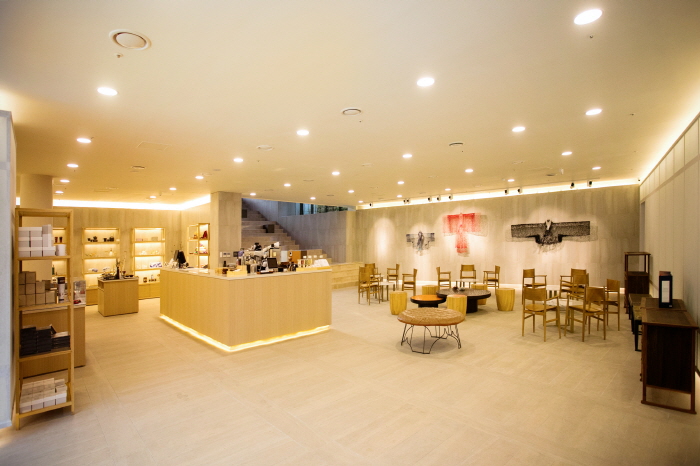
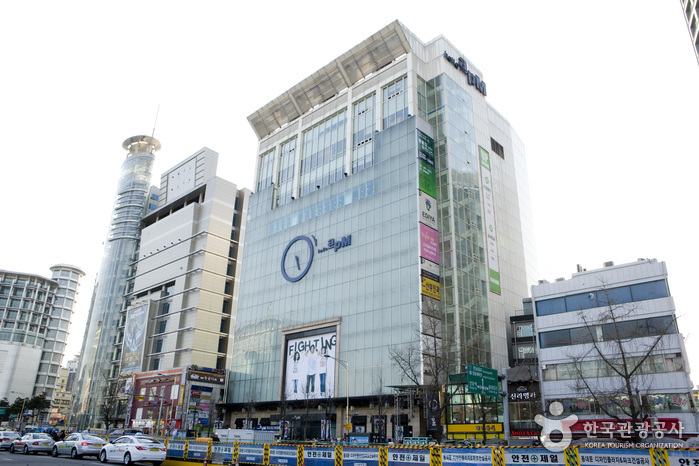
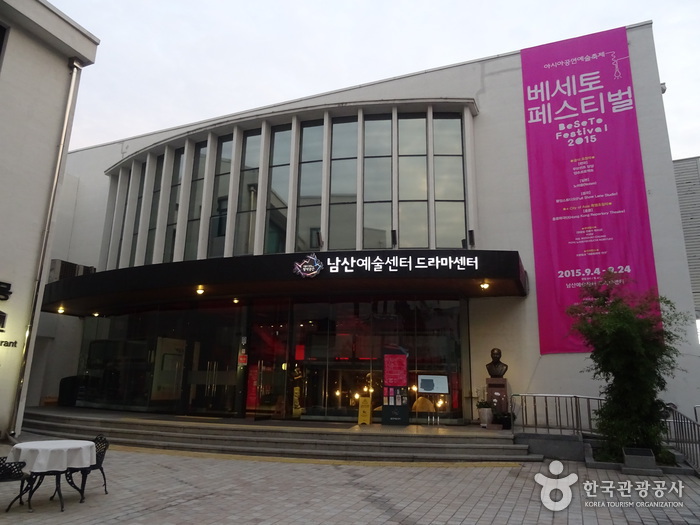
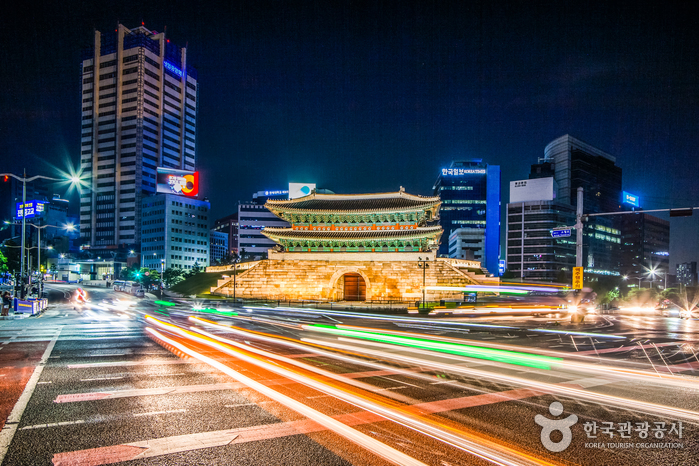
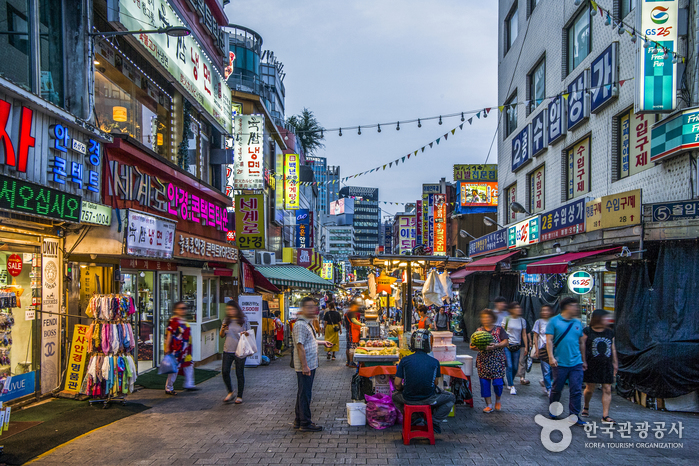
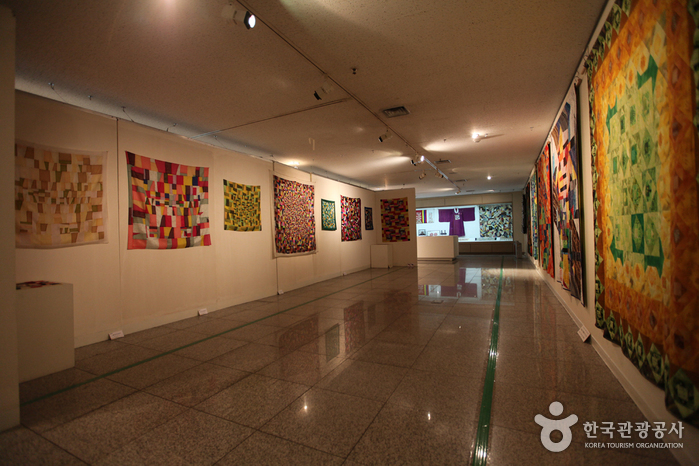
 Español
Español
 한국어
한국어 English
English 日本語
日本語 中文(简体)
中文(简体) Deutsch
Deutsch Français
Français Русский
Русский